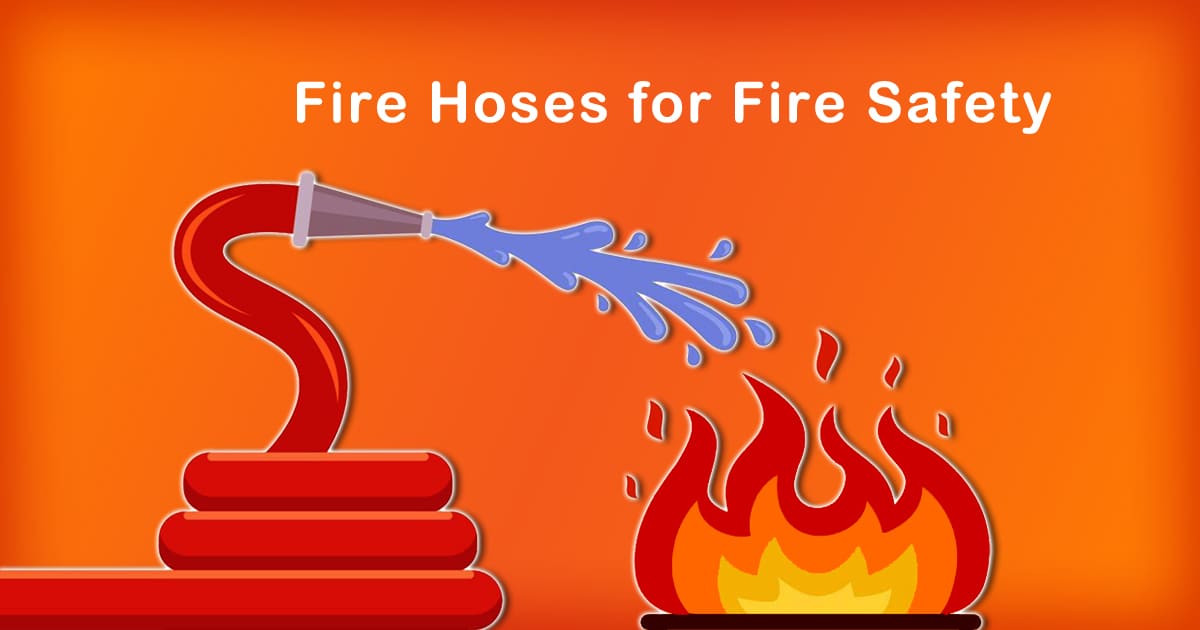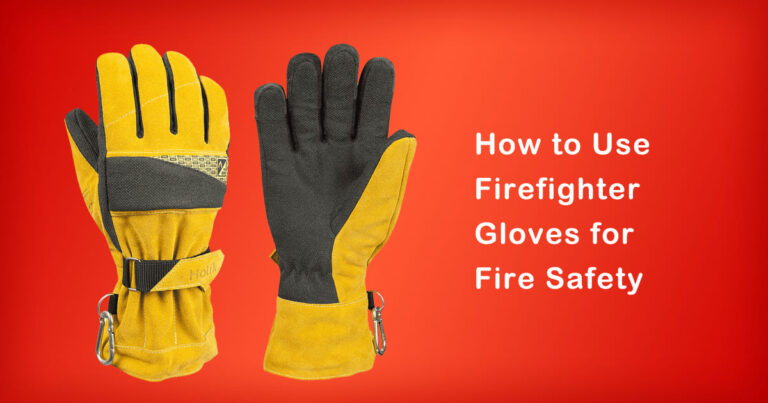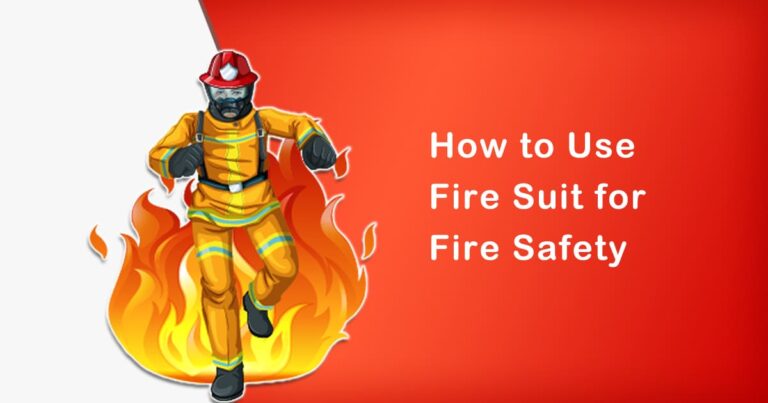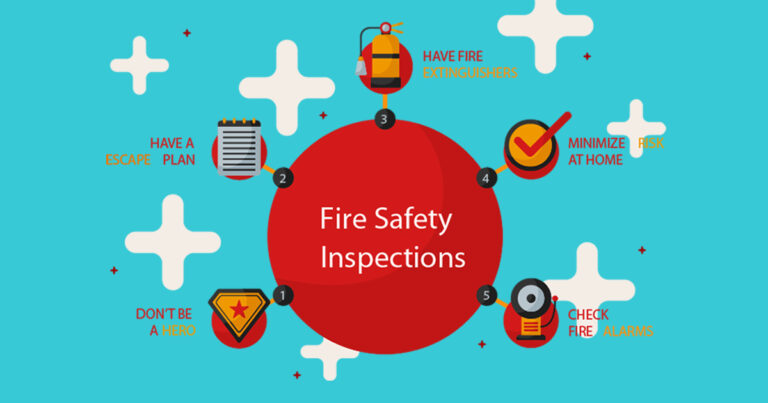Introduction:
Fire is a common and deadly hazard that can occur at any time, anywhere. It can cause significant property damage and loss of life. Therefore, it is essential to take adequate measures to prevent fire and to know how to deal with it in case it does occur. One of the most effective ways to combat fire is by using fire hoses. In this article, we will discuss how to use fire hoses for fire safety in a step-by-step guide.
Step 1: Understand the Different Types of Fire Hoses
There are different types of fire hoses available, each designed for specific purposes. The two most common types of fire hoses are the attack hose and the supply hose. Attack hoses are used to direct water or other extinguishing agents to the fire’s base. Supply hoses are used to transport water from the source to the attack hose. The attack hose is usually smaller in diameter than the supply hose, and it is more flexible, making it easier to maneuver.
Step 2: Choose the Right Hose for the Job
Before using a fire hose, it is essential to choose the right hose for the job. This means considering the type of fire, the size of the fire, and the environment in which the fire is burning. For example, if the fire is in a high-rise building, a smaller diameter hose may be more appropriate because it is easier to maneuver in tight spaces.
Step 3: Inspect the Fire Hose
Before using the fire hose, it is essential to inspect it for any signs of damage or wear and tear. Check the hose for cuts, cracks, and holes, and ensure that all fittings are secure. Also, check the nozzle to ensure that it is functioning correctly and is not clogged.
Step 4: Connect the Fire Hose
Once you have chosen the right hose and inspected it, the next step is to connect it. Connect the supply hose to the water source, and connect the attack hose to the nozzle. Make sure that all connections are secure and tight.
Step 5: Position the Fire Hose
Position the fire hose near the fire but out of harm’s way. Make sure that the hose is not kinked or twisted, as this can restrict the water flow.
Step 6: Turn on the Water
Before turning on the water, ensure that everyone is clear of the area. Then, slowly turn on the water, allowing it to build up pressure before fully opening the valve.
Step 7: Use the Fire Hose
Direct the nozzle towards the base of the fire and begin spraying water. Use sweeping motions to cover the entire area of the fire. Be sure to keep the nozzle moving to prevent the water from pooling in one area.
Step 8: Monitor the Fire
Monitor the fire as you use the fire hose. Ensure that the fire is completely extinguished before turning off the water.
Conclusion:
Fire hoses are a crucial tool in fighting fires. It is essential to understand the different types of hoses, choose the right hose for the job, and inspect it before use. When using a fire hose, make sure that it is positioned correctly, the water is turned on slowly, and the nozzle is directed towards the base of the fire. With the proper use of fire hoses, we can help prevent property damage and save lives in the event of a fire.








